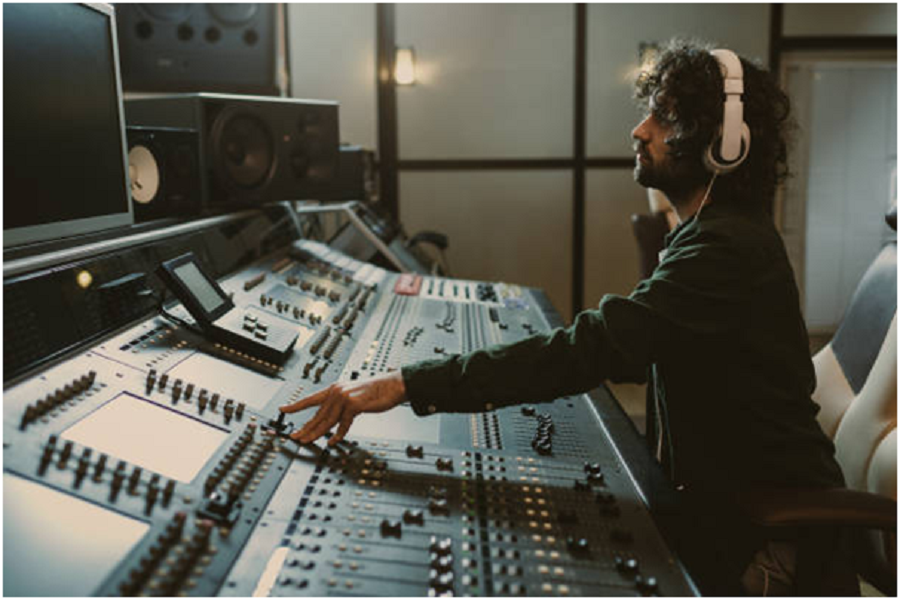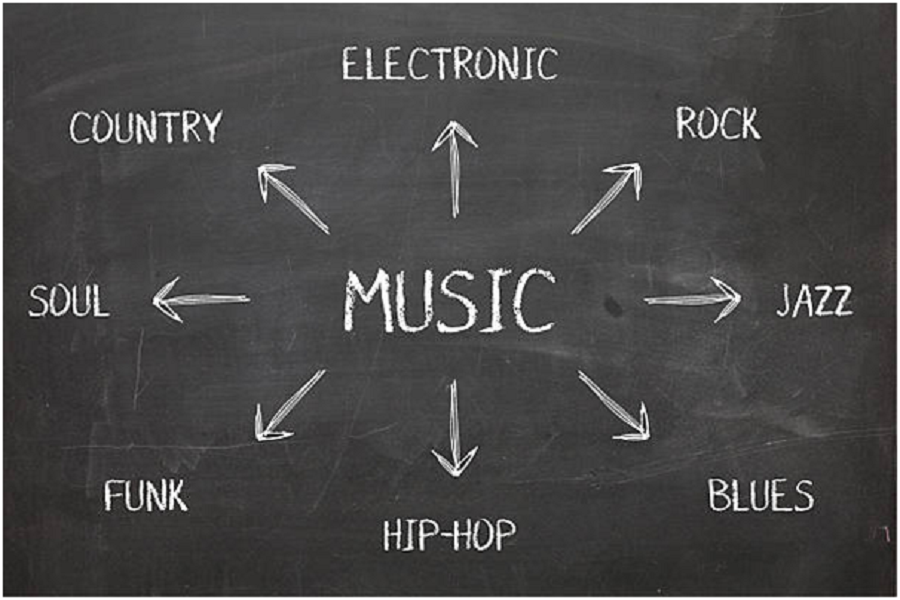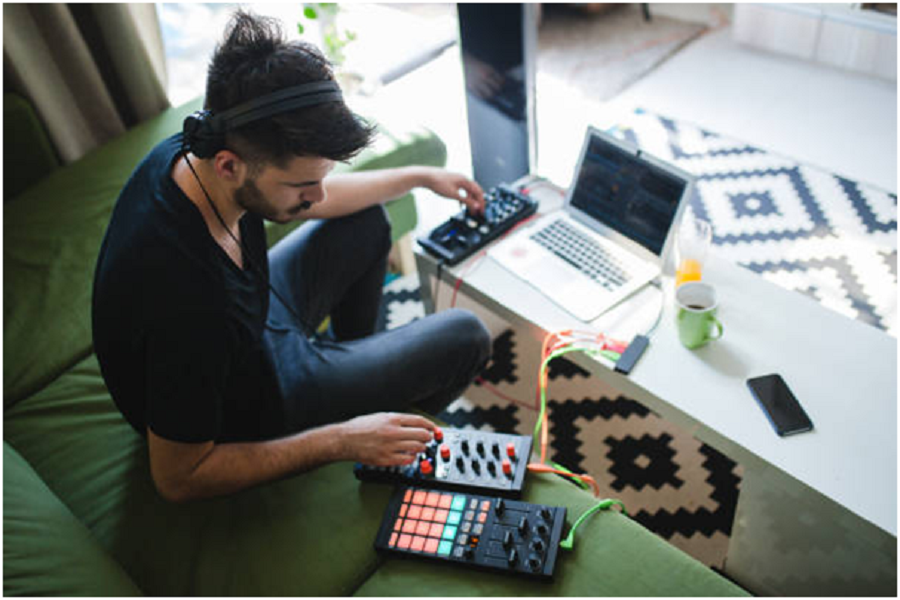
As a passionate music enthusiast and producer, I’ve always been fascinated by the magic that goes into creating those head-bobbing, heart-throbbing beats that make us lose ourselves in the rhythm. From the mesmerizing melodies of electronic dance music to the soul-stirring compositions of classical symphonies, the world of music production is a blend of art and science that never ceases to amaze. In this blog post, I’m excited to delve into the intricate world of music production, sharing insights into the secret sauce that brings those blasting beats to life.
The Canvas of Creativity: Setting the Stage for Sonic Excellence

Music production is like painting on a canvas, but instead of colors, we use sounds to create a vivid sonic tapestry. Here’s how I approach the creative process:
1. Inspiration Ignition:
The first step is to find inspiration. It can come from anywhere – a fleeting emotion, a picturesque landscape, or even a simple conversation. I keep a notebook handy to jot down these sparks of inspiration, which often become the foundation of my compositions.
2. Genre Exploration:
The world of music is diverse, and each genre carries its own charm. Whether it’s the energetic pulse of electronic music or the emotional depth of a ballad, I like to experiment with various genres to find the one that resonates with the emotions I want to convey.
3. Melody Crafting:
Melodies are the heart of any composition. I sit down with my instrument of choice and let my fingers dance on the keys or strings, exploring different melodies until one resonates deeply. Sometimes, the melody evolves as I experiment with harmonies and counter-melodies.
The Studio Laboratory: Where Science and Sound Collide

Once the creative seed is planted, it’s time to step into the studio laboratory, where the science of sound takes center stage. Here’s where the real magic happens:
– Sound Design Sorcery:
Crafting unique sounds is a cornerstone of captivating music. Whether it’s tweaking synthesizers to create futuristic tones or recording everyday objects to incorporate unexpected textures, the sound design adds an extra layer of intrigue to the music.
– Beat Sculpting:
The rhythm sets the heartbeat of the composition. I meticulously design beats, experimenting with different drum sounds, patterns, and tempos until I find the perfect groove that gets heads nodding and feet tapping.
– Harmonic Alchemy:
Harmonies add depth and emotion to the music. I explore chord progressions that complement the melody, experimenting with different inversions and voicings to create a harmonic palette that resonates with the intended mood.
– Arrangement Architecture:
Structuring the composition is like constructing a captivating story. I arrange different sections – intro, verse, chorus, bridge, and outro – to build a dynamic narrative that keeps the listener engaged from start to finish.
Mixing Mastery: Balancing the Sonic Spectrum

Creating a sonic masterpiece is not just about the individual elements; it’s about how they interact and coalesce. Mixing is where I fine-tune the sonic spectrum to achieve a balanced and impactful result:
1. Frequency Finesse:
Each instrument occupies a certain frequency range. I meticulously carve out space for each element by using techniques like EQ (equalization) to ensure that the mix isn’t overcrowded and that every sound shines through.
2. Dynamic Wizardry:
Dynamics give the music its ebb and flow. I use tools like compression to control the volume levels and add punch to certain elements, creating a more cohesive and polished sound.
3. Spatial Enchantment:
Creating a sense of space and depth is crucial for an immersive experience. I use reverb and panning to position sounds in a virtual environment, making the listener feel like they’re surrounded by the music.
The Final Flourish: Mastering for Sonic Brilliance
The journey culminates in the mastering phase, where I give the music its final polish and prepare it for the world to hear:
1. Volume Optimization:
Mastering ensures that the overall volume is consistent and competitive with other tracks. I use techniques like limiting to prevent any unwanted distortion while maximizing the impact.
2. Tonal Balance:
A well-mastered track has a balanced frequency response. I make subtle adjustments to the EQ during mastering to ensure that the low, mid, and high frequencies are in harmony.
3. Dynamic Cohesion:
Mastering brings cohesion to the entire track, making sure that all the individual elements work together seamlessly and that the transitions between sections are smooth.
Wrap Up
Music production is a journey of creativity, experimentation, and technical finesse. If you’re a newbie to the music industry, then you should check on NextMusic21 blogs to understand the music aspects more before you go into the live project. It’s about turning raw inspiration into a sonic masterpiece that resonates with listeners on a profound level. From the initial spark of an idea to the final polished track, every step in the process contributes to the magic of music production. So, whether you’re an aspiring producer or simply an avid music lover, take a moment to appreciate the meticulous craftsmanship and passion that goes into every beat that makes you dance, smile, and feel alive.

